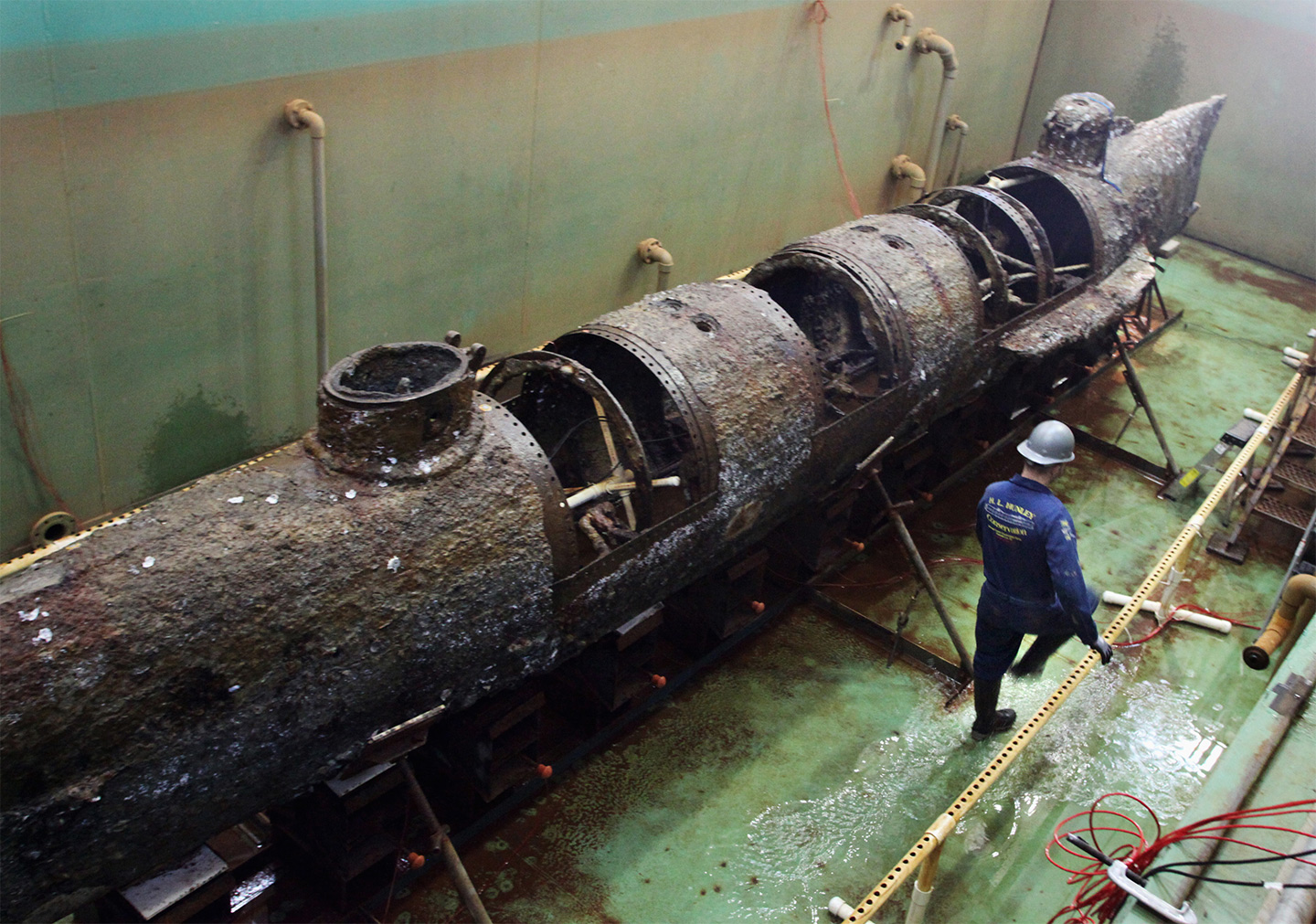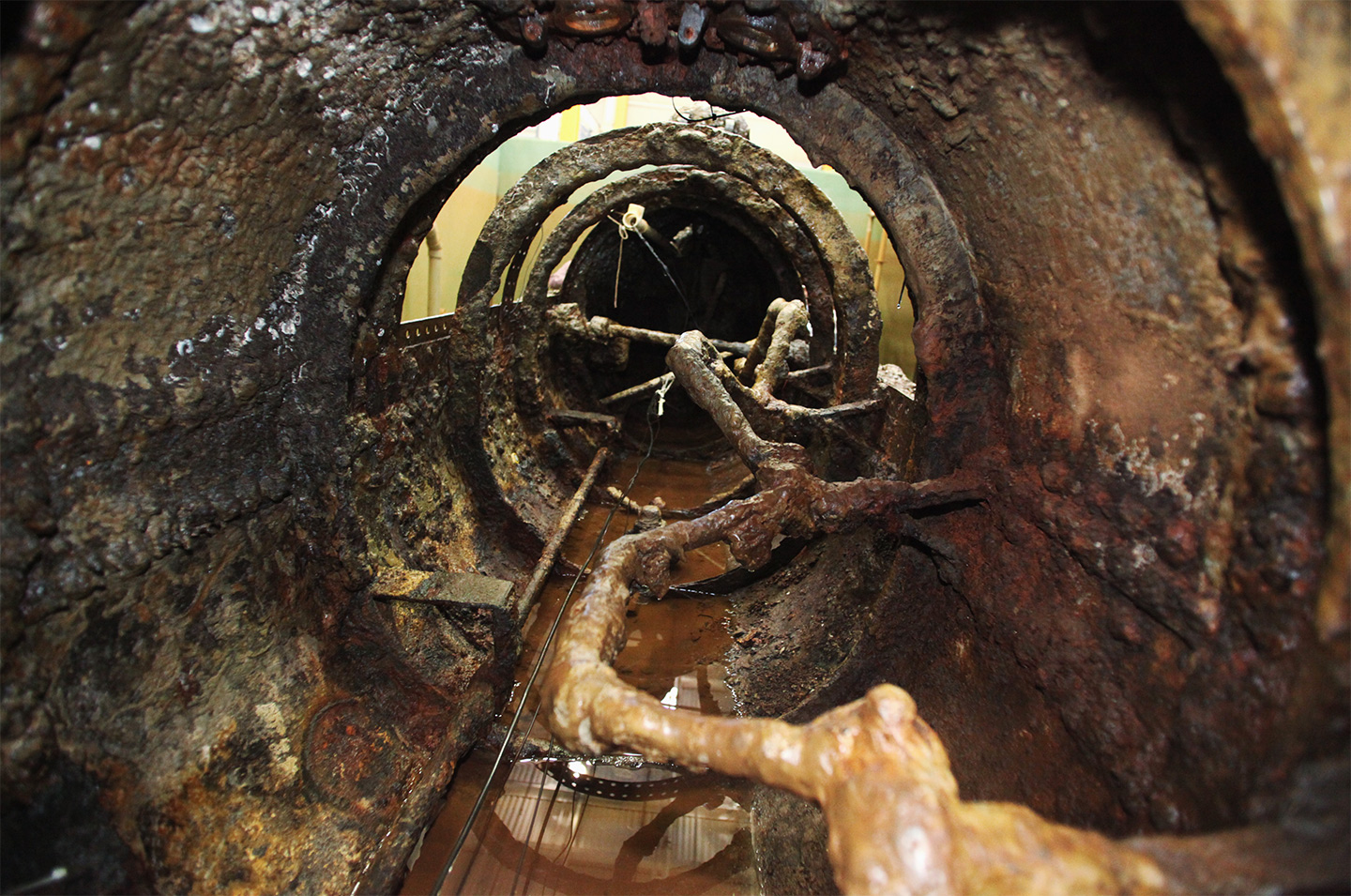The mysterious deaths of all onboard on the HL Hunley, which sunk on February 17, 1864 outside Charleston Harbor, South Carolina, during the Civil War, has finally been solved.
And it turns out the crew of the Confederate vessel accidentally killed themselves.
The submarine sank after torpedoing the USS Housatonic. It was one of the first submarines ever to be used in conflict, and the first to sink a battleship, reports The Telegraph.
Originally it was assumed the blast had ruptured the ship, drowning the crew. But the ship was found in 1995 about 300 meters away from the Housatonic’s resting place. Salvage experts raised the ship five years later, and found the eight-man crew of the HL Hunley poised as if they had been caught “completely unawares by the tragedy.” They were all sitting at their posts, they suffered no broken bones, and there was no evidence they tried to escape.
Finally, researchers at Duke University hit on an answer. They spent three years doing experiments on a mini-test sub, which show that the torpedo blast would have created a shockwave “great enough to instantly rupture the blood vessels in the lungs and brains of the submariners” writes Telegraph.
This is called “blast lung” says Dr. Rachel Lance.
“You have an instant fatality that leaves no marks on the skeletal remains. Unfortunately, the soft tissues that would show us what happened have decomposed in the past hundred years,” she said, according to the Telegraph.
The Hunley’s torpedo was a copper keg of 135 pounds of gunpowder held ahead and slight below the ship’s bow on a 16-foot pole called a spar. The sub had to ram this spar into the enemy ship’s hull and the bomb exploded.

That meant the crew member furthest from the blast was only about 42 feet away. The researchers found that the shockwave of the blast travelled about 1500 meters per second in water, and 340 m/sec in the air.
Lance calculated that the Hunley crew’s lungs were subjected to 60 milliseconds or more of trauma, which creates a “worst case scenario for the lungs.”
“Shear forces would tear apart the delicate structures where the blood supply meets the air supply, filling the lungs with blood and killing the crew instantly,” Lance told the Telegraph. “It’s likely they also suffered traumatic brain injuries from being so close to such a large blast.”
There is no evidence that the crew took any action in response to a flood or air loss. If any member had survived, they would have tried to pump water or get out of the hatches, but none of those actions were taken reinforcing the findings.
The research was published in PLOS ONE.

This article appeared in an InsideHook newsletter. Sign up for free to get more on travel, wellness, style, drinking, and culture.























